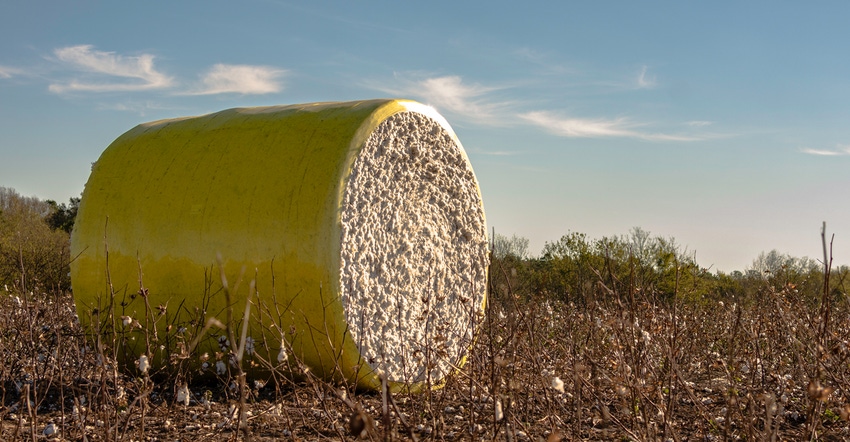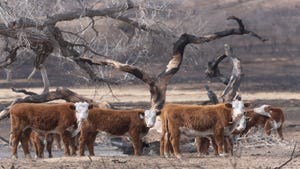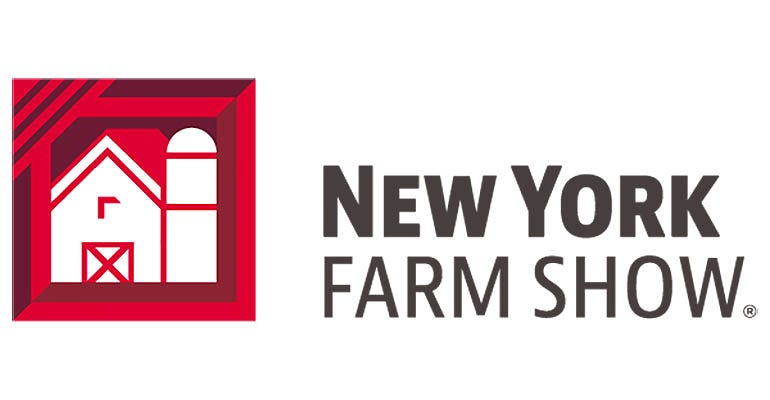
One year ago, the U.S. Cotton Trust Protocol officially launched. The program uses science and transparency to promote the sustainability of U.S. cotton to buyers around the globe.
In its first year, the U.S. Cotton Trust Protocol has signed on more than 465 brand, retailer, mill and manufacturer members, including household names like Levi Strauss & Co., Tommy Hilfiger, Gap Inc., Gildan, and more. About 950,000 bales of cotton have been enrolled in the protocol, which can be traced by the consumer from the T-shirt in their hands to the farm field where the cotton was grown, providing transparency and showing consumers the measures farmers take to be sustainable on their farms.
Farmer level
Kent Dunn of Moscow, Kan., is one such grower. He’s been growing cotton for two decades and has seen how improvements to cotton varieties and more knowledge about sustainable farming methods have helped farmers like him raise cotton while doing right by their farms.
He signed onto the U.S. Cotton Trust Protocol in its early stages because he could not only see how it could improve the demand for American cotton by consumers concerned about sustainability, but also give him sound advice on improving his own farm’s sustainability measures through information gathered and shared.
“It’s made us more aware of our chemical usage, our water usage — and it’s also helped us make decisions on rotation,” Dunn says. His farm, in southwest Kansas, sits on top of the Ogallala Aquifer, and he’s mindful of the resource. For him, sustainability means having the finances and resources to farm again next year, and proving to consumers that farmers like him are using their resources, energy and crop inputs mindfully.
“They want to know that we grew cotton with as little bit of water as we could, with as few chemicals as we could,” he says.
Transparency
Farmers like Dunn keep detailed records on their cotton fields and provide that information to the protocol. They track metrics that follow land use, soil carbon, water management, soil loss, greenhouse gas emissions and energy efficiency on each field. Those data are collected through blockchain technology and shared among those enrolled in the protocol.
One core benefit to his farm, Dunn says, is that he can see if the farm’s metrics are above or below average for their region.
“Are we in the middle of the group, or are we at the bottom?” he says. “It shows us places we need to change to try to do better.” That can be improvements from how they apply crop inputs, to timing of irrigation and more.
Traceability
Cotton bales, unlike most commodities, have the unique ability to be traced quite easily through bale identification numbers. The protocol capitalizes on that by showing buyers and consumers they can trace the cotton that they’re sourcing back to the farmer and their production methods, Dunn says. And while farmers don’t get a premium for the bales they produce for the protocol, ultimately the data that are being collected back up demand for U.S. cotton as a verifiably sustainable fiber.
And, Dunn says, the information that’s being gathered also helps the U.S. cotton industry on Capitol Hill as discussions around climate smart agriculture and farmer incentives are held.
Still, Dunn says, there are some farmers he speaks with who are concerned about someone having their data.
“I’ve heard people say that they’re wanting more information than I want to give out,” Dunn says. But, he says, in the end these data can do good for U.S. cotton demand and for U.S. cotton farmers.
To learn more about the U.S. Cotton Trust Protocol, visit trustuscotton.org.
About the Author(s)
You May Also Like






